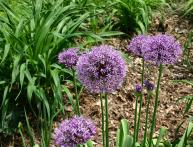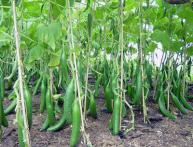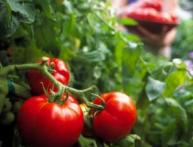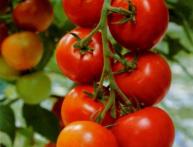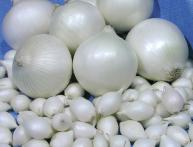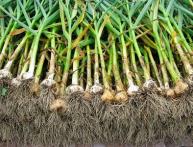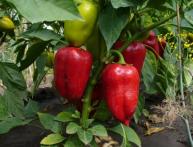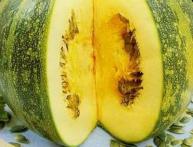Cabbage
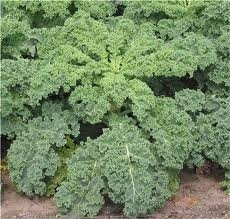
There are a huge number of varieties of cabbage. One of them is kale. Some varieties of this vegetable crop are especially popular, for example, Afro, Tuscany, Reflex, Black and others.
Various climatic conditions are suitable for kale because it is a frost-resistant plant. It can withstand frosts down to -15 degrees. And some varieties are resistant to heat.
The height of kale depends on the variety. Low varieties grow only 30-40cm, while others can reach 90cm. Leaf cabbage differs not only in height, but also in its leaves, which can be curly, flat, or decorated with terry edges.
Although different climatic conditions are suitable for growing cabbage, the soil must be fertile and well-drained. At the same time, the nitrogen content in it should be average.
Cabbage can be planted as seedlings or seeds. If you plant cabbage in early spring, you can expect a harvest in the summer. To obtain a harvest in the fall or closer to winter, planting is best done in late spring.
There are several schemes for planting this vegetable crop. The most popular is planting seedlings in rows. In this case, the plants are planted at a distance of 40 cm from each other, and about 70 cm are left between the rows. Cabbage grows best in an open, sunny place.
Like any vegetable crop, cabbage needs feeding. It is recommended to use complex mineral fertilizers.
One of the advantages of growing this cabbage is its high resistance to various diseases and pests.

